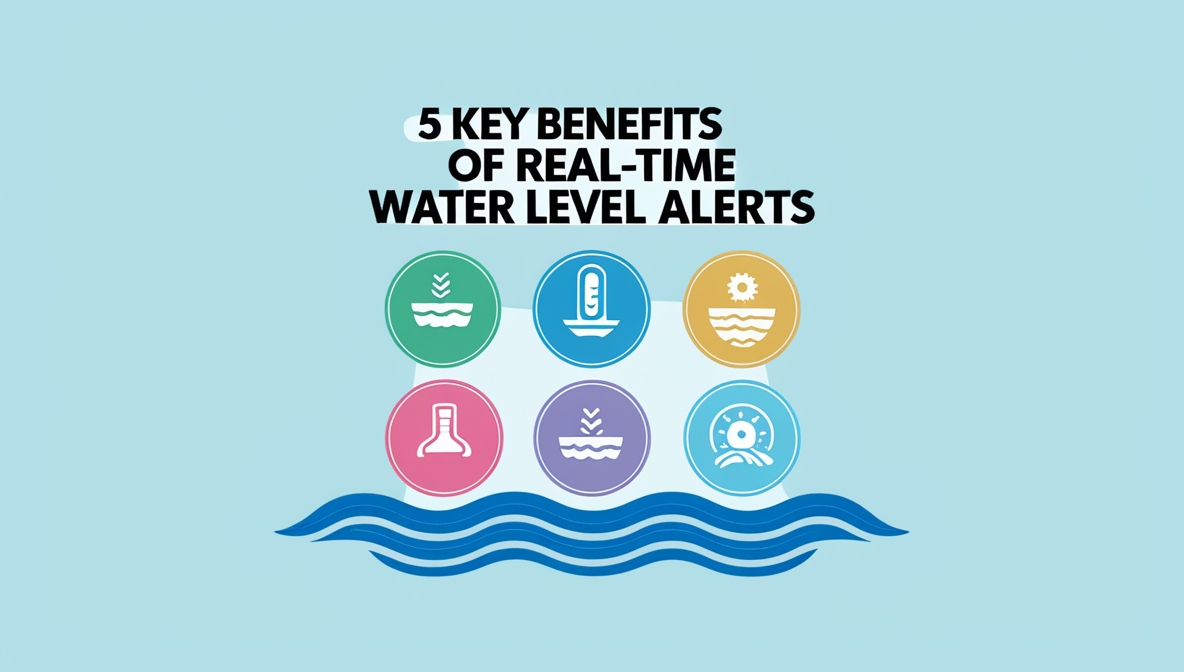In an era where water scarcity and climate unpredictability are pressing concerns, real-time water level alerts have emerged as a pivotal solution for efficient water management. These alerts, facilitated by advanced technologies, offer immediate notifications about water levels in various reservoirs, tanks, and natural bodies, enabling proactive responses to potential issues.
Proactive Flood Management
Real-time water level alerts are instrumental in flood-prone areas, providing early warnings that allow for timely evacuations and infrastructure protection. By continuously monitoring water levels, these systems can predict potential overflows, giving communities a crucial time advantage to implement safety measures. This proactive approach not only safeguards lives but also minimizes property damage and economic losses associated with flooding.
Enhanced Agricultural Efficiency
For the agricultural sector, maintaining optimal water levels is vital for crop health and yield. Real-time alerts enable farmers to monitor irrigation systems closely, ensuring that crops receive adequate water without wastage. This precision in water management leads to better resource utilization, reduced operational costs, and improved sustainability in farming practices.
Infrastructure Protection and Maintenance
Water infrastructure, including tanks, pumps, and pipelines, is susceptible to damage from irregular water levels. Real-time monitoring systems detect anomalies such as leaks or overflows promptly, allowing for immediate corrective actions. This not only extends the lifespan of the infrastructure but also prevents costly repairs and service interruptions.
Optimized Resource Allocation
In urban settings, managing water distribution efficiently is a complex task. Real-time alerts provide data-driven insights into consumption patterns, helping authorities allocate resources more effectively. This ensures a balanced supply across different regions, reduces water wastage, and supports the development of sustainable urban water policies.
Empowering Remote Water Level Monitoring
The integration of remote water level monitoring technologies allows for the surveillance of water bodies in inaccessible or hazardous locations. This capability is crucial for environmental conservation efforts, as it facilitates the monitoring of ecosystems without human intrusion. Additionally, it supports disaster preparedness by keeping track of water levels in remote areas prone to natural calamities.
conclusion
In conclusion, real-time water level alerts are transforming the landscape of water management across various sectors. By enabling proactive responses, enhancing efficiency, and supporting sustainability, these systems are not just technological advancements but essential tools in addressing the global water challenges of our time.
